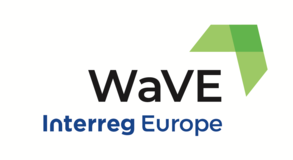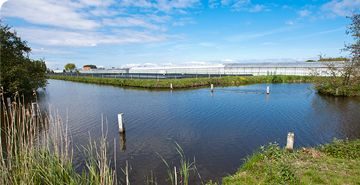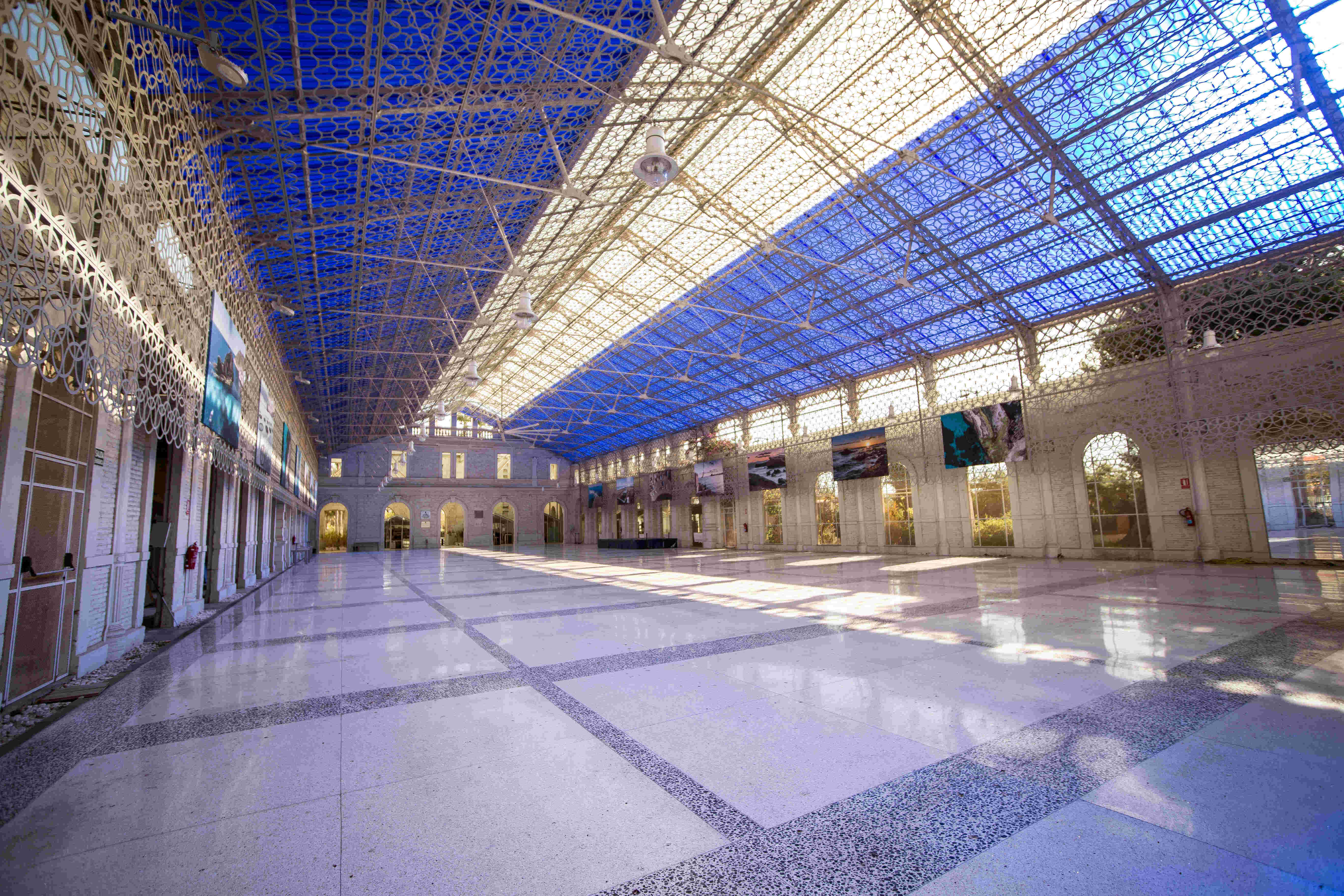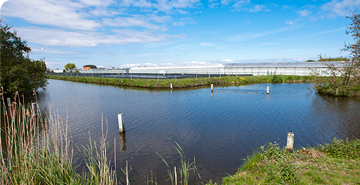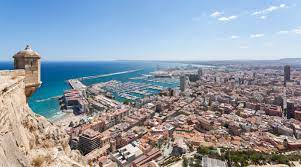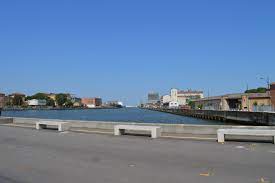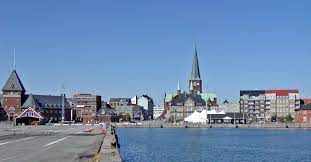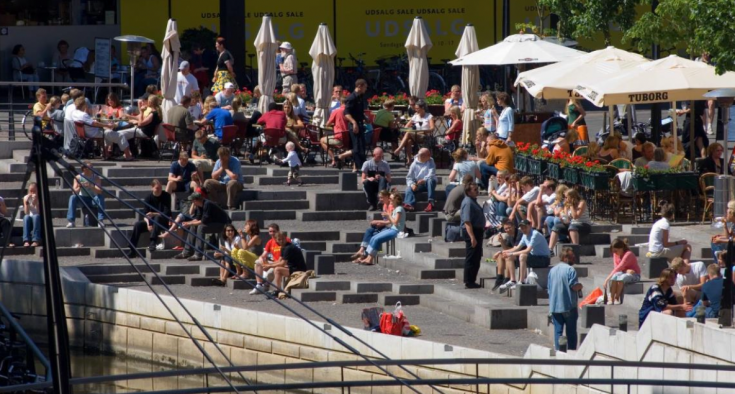1. What policy instrument are you going to influence with your Action Plan? What kind of change do you want to achieve?
The target of our Action Plan is to influence on 3 policy instruments: (1) European Regional Development Fund Operational Programme (ERDF OP) for the Valencian Community, (2) NextGenerationEU Recovery and Resilience Calls and (3) General Strategic Funds of Diputación Provincial de Alicante (Provincial Council of Alicante).
The main change to achieve in the ERDF / NextGenerationEU OP is the creation of a specific line or call for funding water-linked heritage valorization actions.
Moreover, we wanted to include water-linked heritage in Calls for 2022 of the Provincial Council of Alicante (approved on December 2021) and to fund actions for its valorization within the General Strategic Funds (at least, 50 k€ invested per year, already achieved on 2021).
2. How many actions does your Action Plan consist of? Would you briefly illustrate them?
Our Action Plan consists of 3 actions:
ACTION 1 - River Monnegre Green Corridor: a joint action to vertebrate several municipalities in the region around water linked heritage
The aim of this innovative touristic project is to establish a “green corridor” in the River Monnegre from the Tibi dam to the river mouth in the municipality of El Campello, making it passable along its 22 km by foot or bike. It will connect spaces of nature, leisure, education and culture providing an axis for sustainable mobility. It will improve the quality of the environment of the river, recovering places and generating new spaces, being, at the same time, a source for new business opportunities.
ACTION 2 - Blue Routes revisited: storytelling about tangible/intangible water-linked heritage of the province
Blue Routes are groups of suggestions for touristic, hiking or bike routes in the province of Alicante, where the visitor is invited to learn about water heritage. This action aims not only to promote the rebirth of Blue Routes, but also to enhance them to gain more visibility, implement routes in the field with the involvement of stakeholders, link them to cultural elements and improve the digital tools to divulgate them.
ACTION 3 - Water-linked heritage think tank: keeping a community of engaged stakeholders
A completely new approach of creating a community of stakeholders has emerged from WaVE learnings. The final aim is to be capable of keeping the group of stakeholders dynamic and together, so new synergies can grow the following years. So that, a real co-governance of revalorized sites is possible.
3. What lessons learned / good practices have inspired the development of the Action Plan?
Good practices (GP) as REDOUTES (STQTC methodology) or (Re)development in dialogue, from the Municipality of Breda (Netherlands), has taught us about the importance of stakeholders involvement, using Imagineering and storytelling. In addition, the experience of lost heritage that can be recovered developing new functions for the society has been one of the main inspirations for our proposal from the GP Uncovering River Aarhus (municipality of Aarhus, Denmark).
GP SACHER (Smart Architecture for Cultural Heritage in Emilia-Romagna), from the Municipality of Ravenna and Certimac (Italy), and GP SAVE Index (Survey of Architectural Values in the Environment), from Aarhus (Denmark), have inspired us to link heritage with digitalization and connect all the water-linked heritage of municipalities using a common methodology.
GP AquaPhone (Ister-Granum, Hungary) has shown us the relation between place-identity / culture / history and water-linked heritage, and how relating cultural activities with heritage can promote these elements.
4. What was the greatest difficulty in developing the Action Plan?
First, to change our own vision, from a narrower one centered in hydrology engineering to a broader vision about water-linked heritage, that includes environmental, historical, cultural and socioeconomic aspects. Interregional learning and the structured analysis tool provided by Delf have been the key to achieve the change of vision.
Second, to change the vision of the regional policy makers, as cultural heritage was not among their priorities. We keep working with them showing those cases where water-linked heritage can be not only a connector along territory but a vector for development as well.
5. What is the biggest accomplishment reached so far? What are you most satisfied with?
We have moved from local actions, starting with 3 pilot local areas, to a regional comprehensive scope. Development in dialogue with a rich and strong team of stakeholders has allowed coordinated projects using water-linked heritage as a connector and catalyst along the region.
Moreover, we are very satisfied with the success of the official presentation of the River Monnegre Green Corridor (Action 1) and its repercussions in the media and in the municipalities involved.
